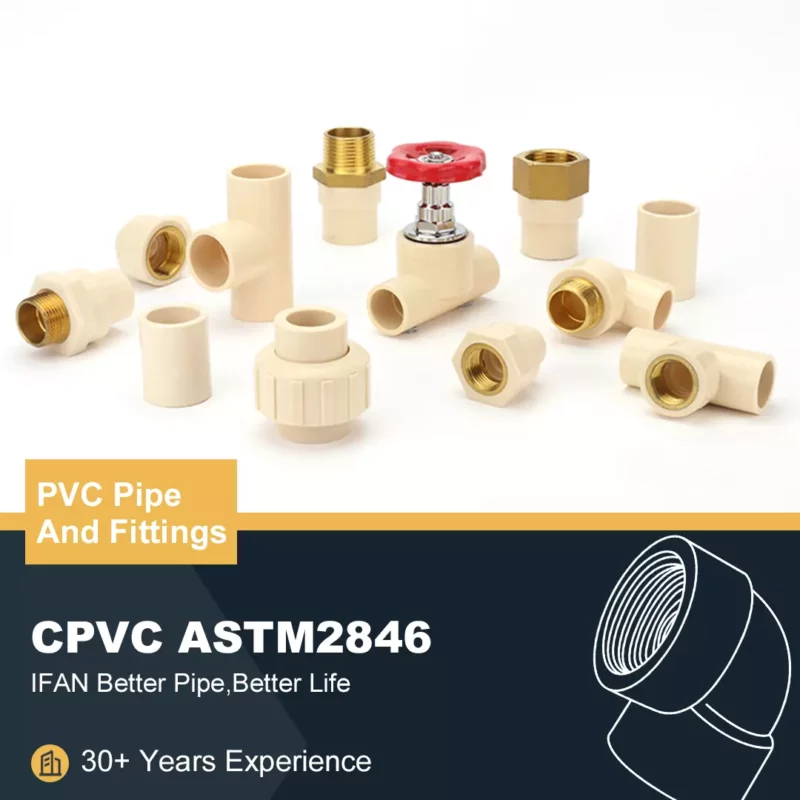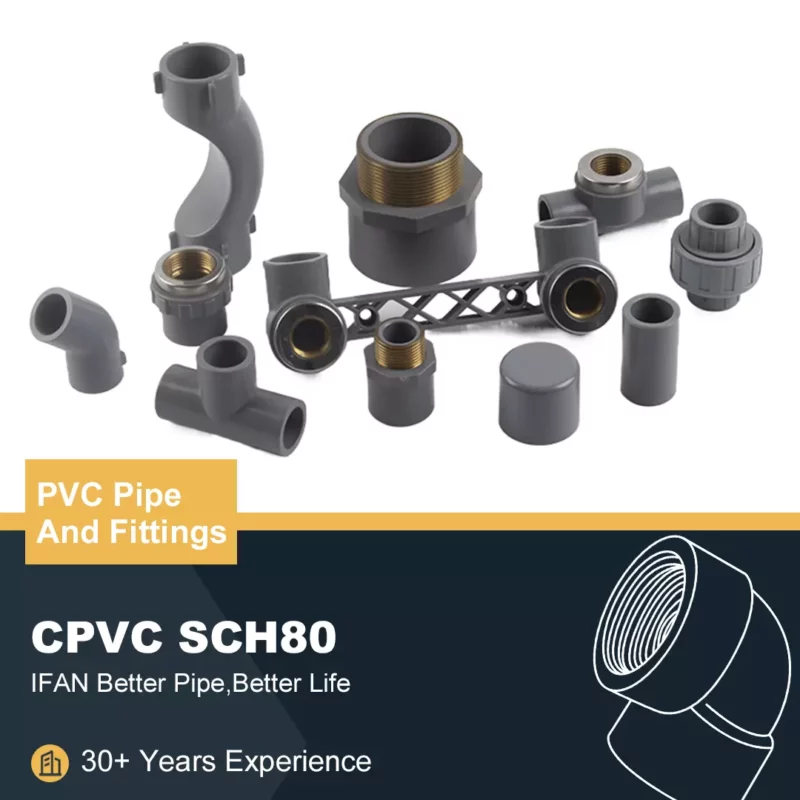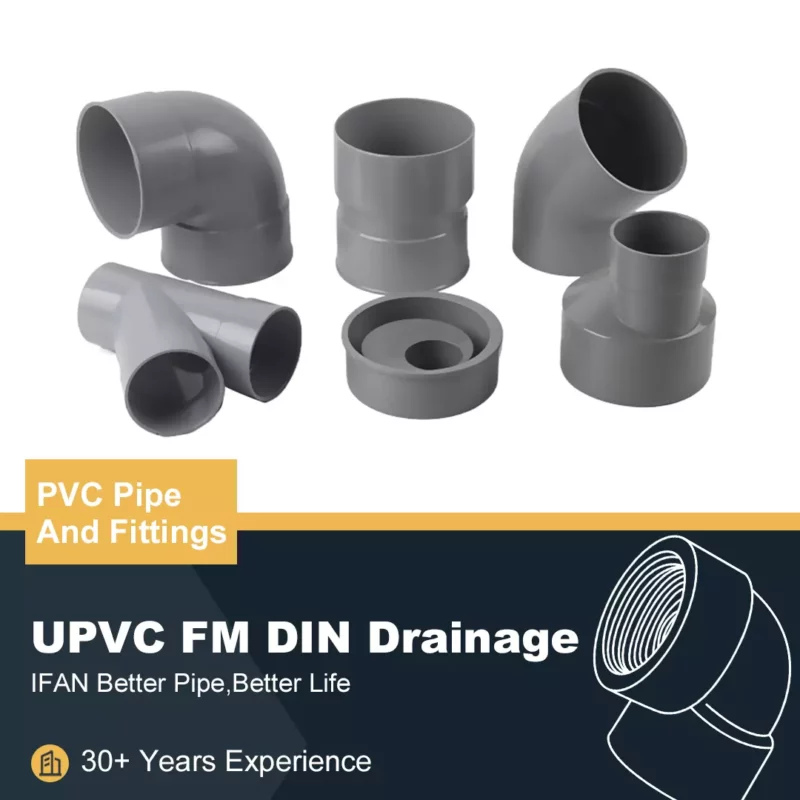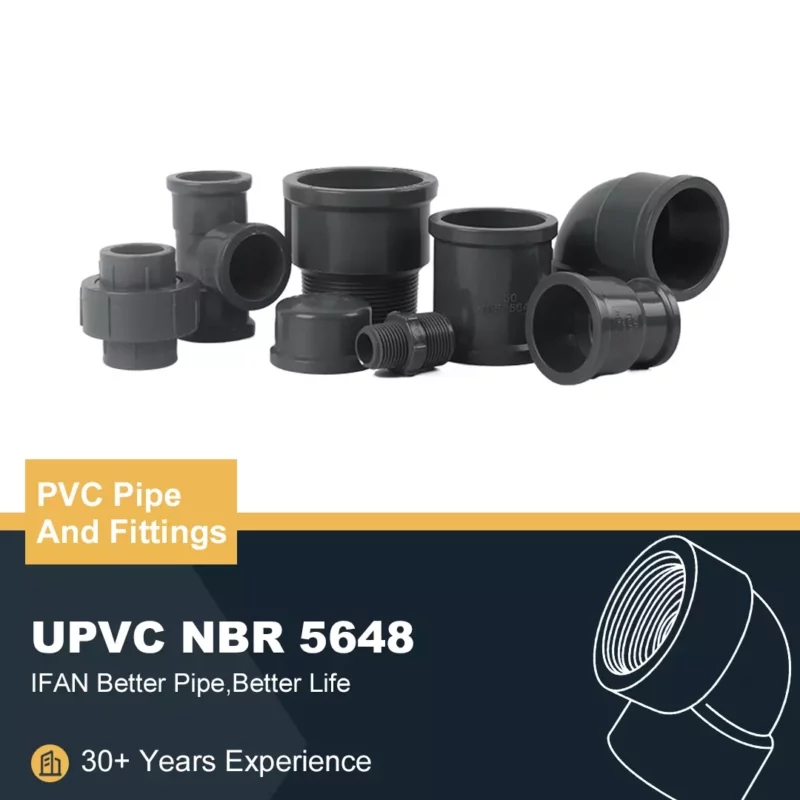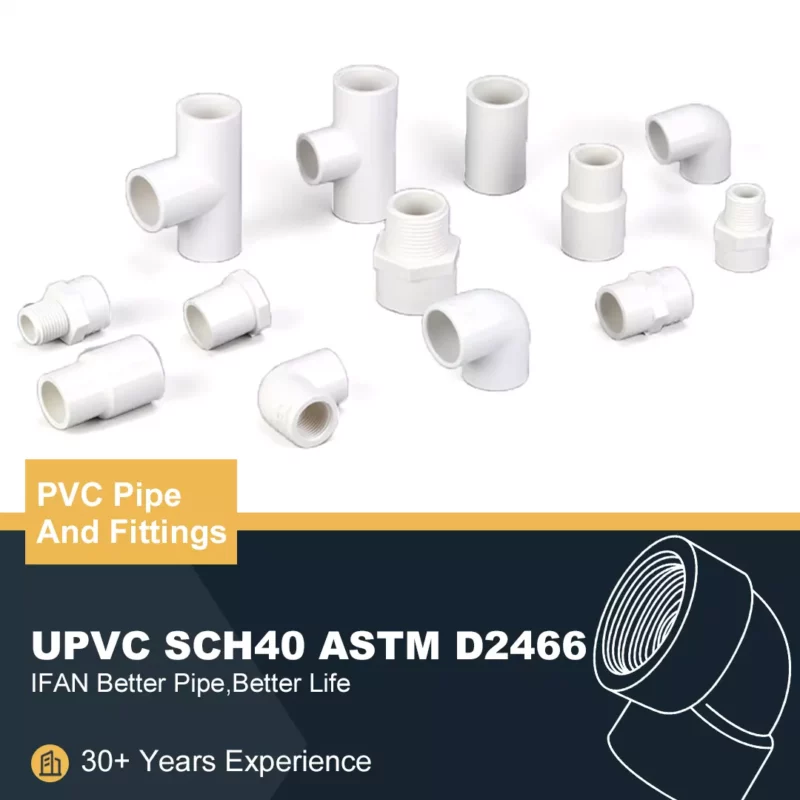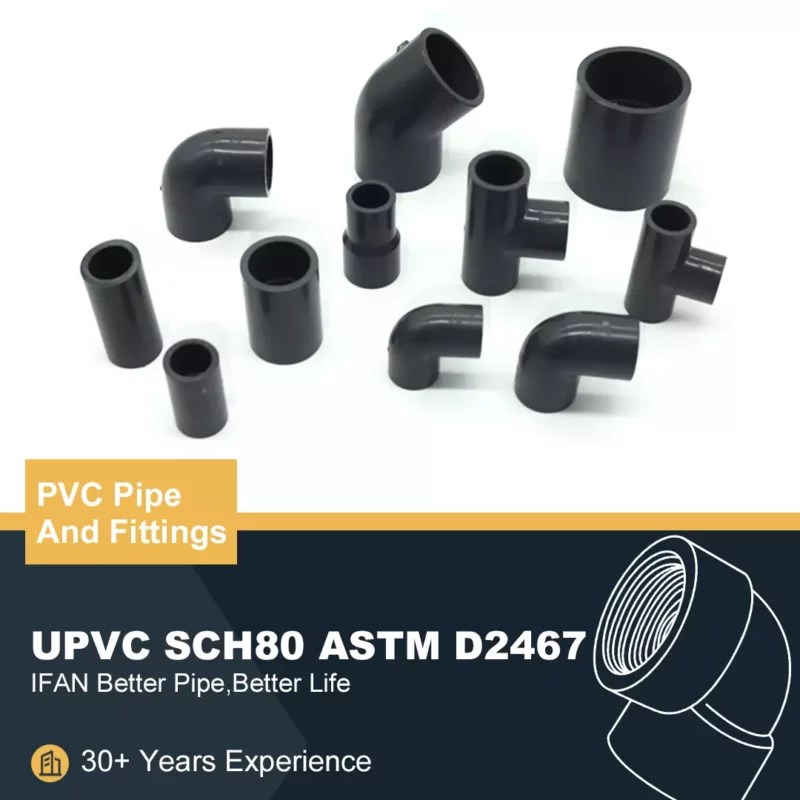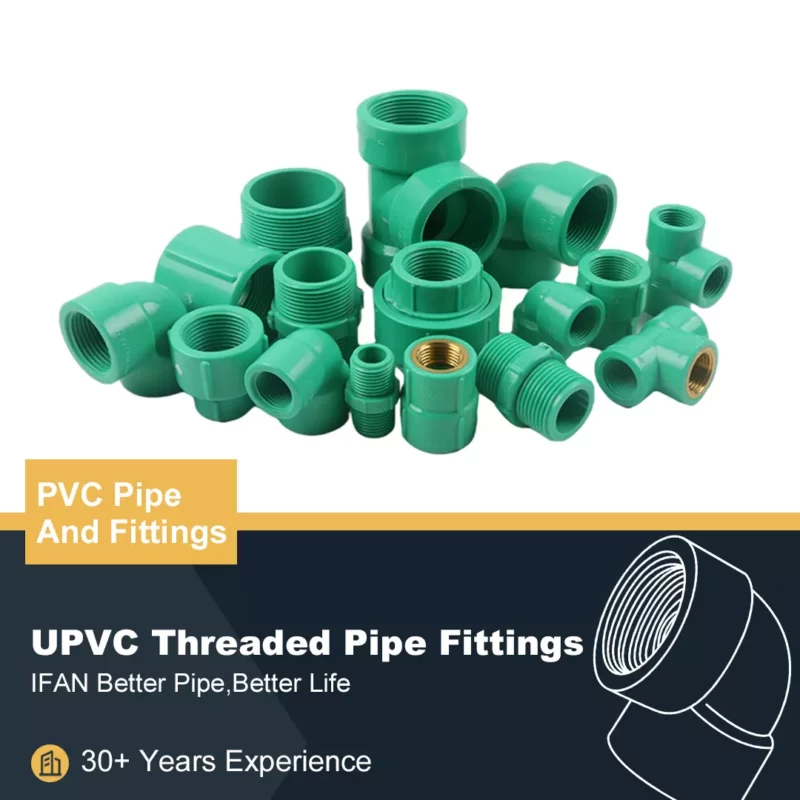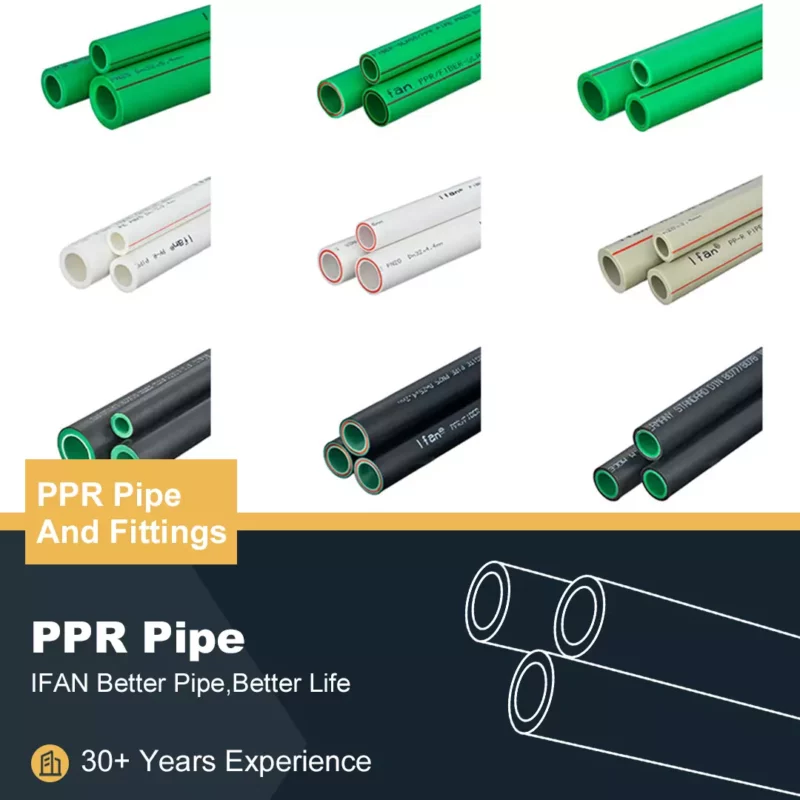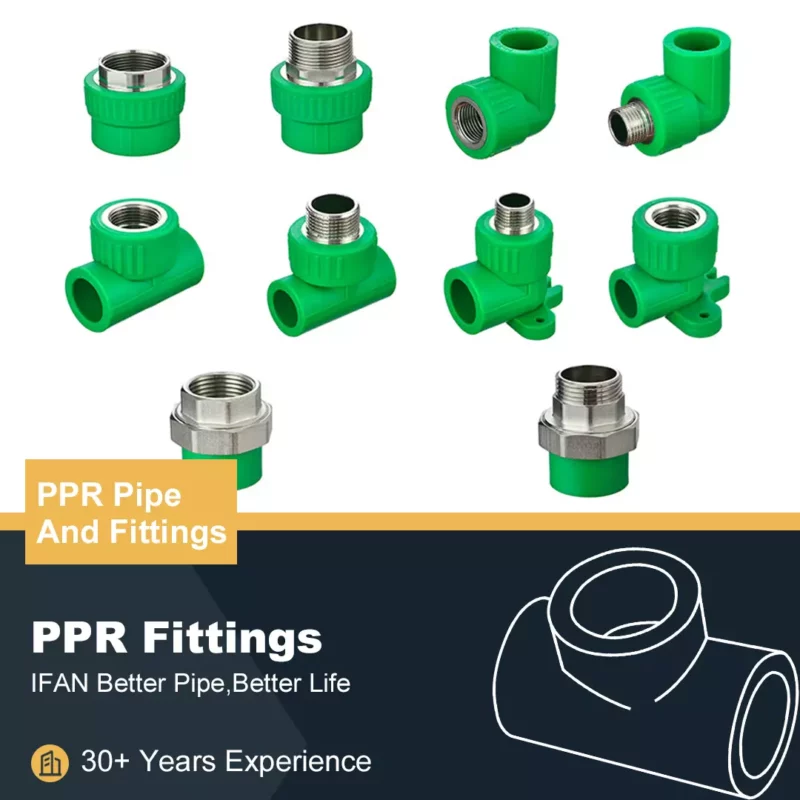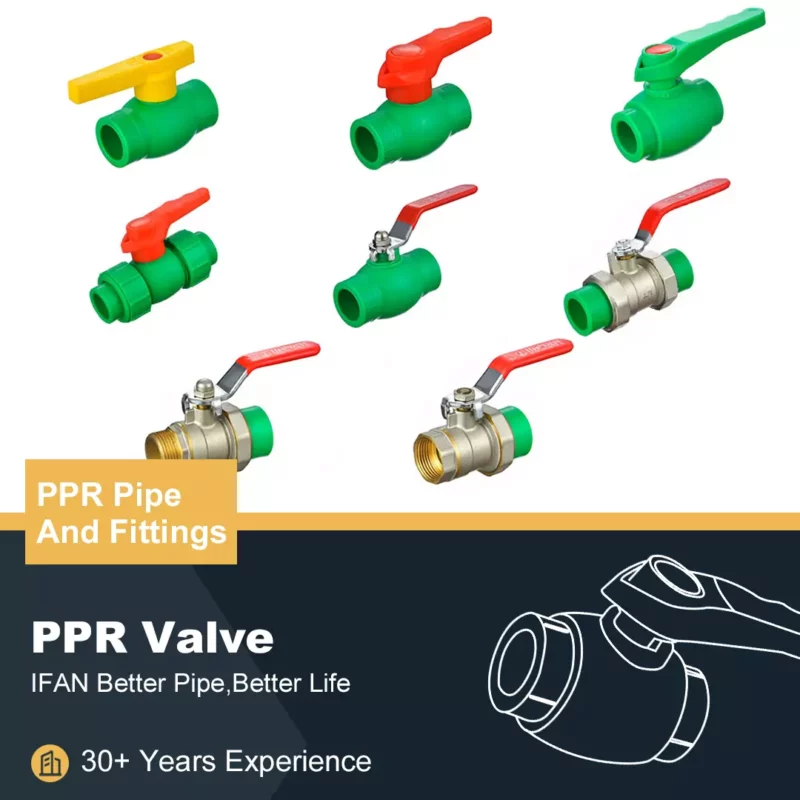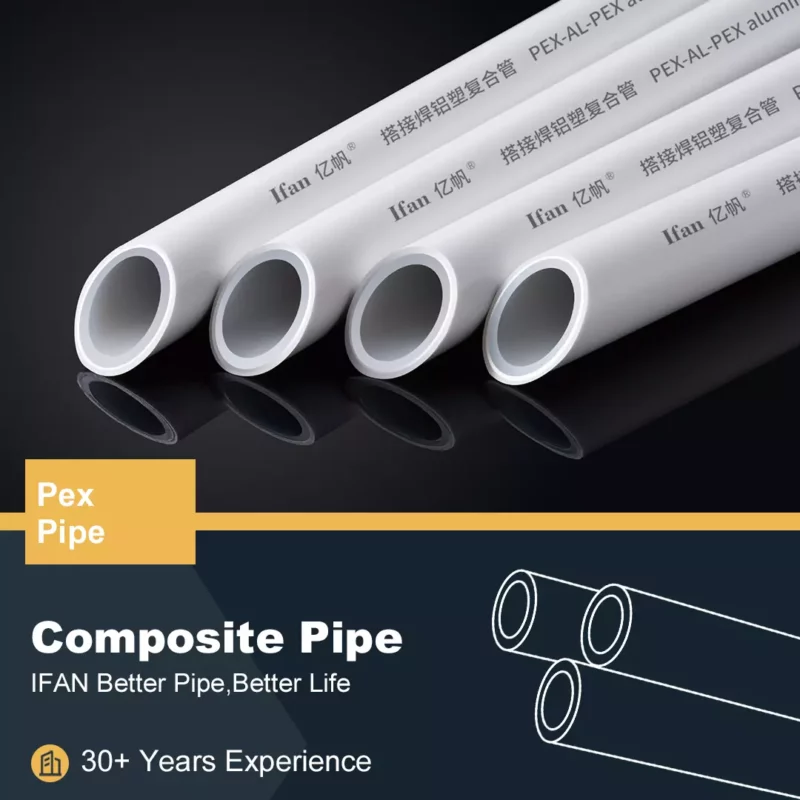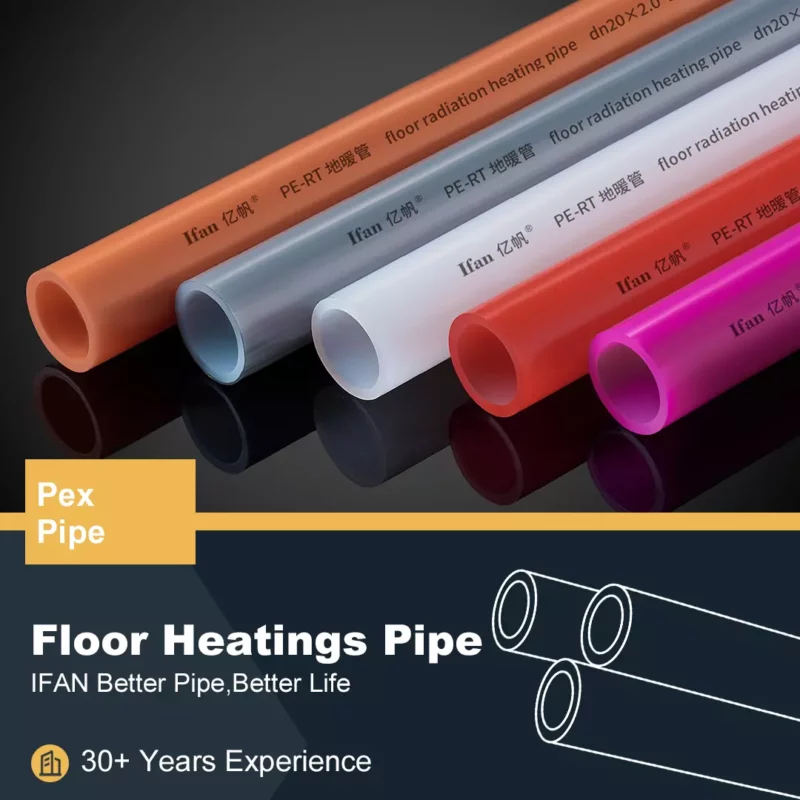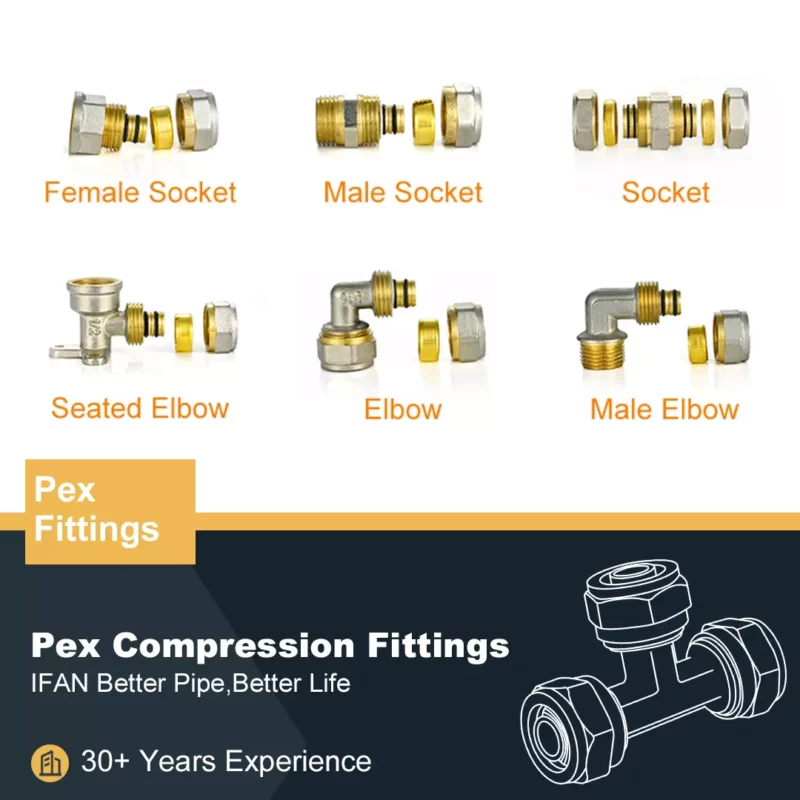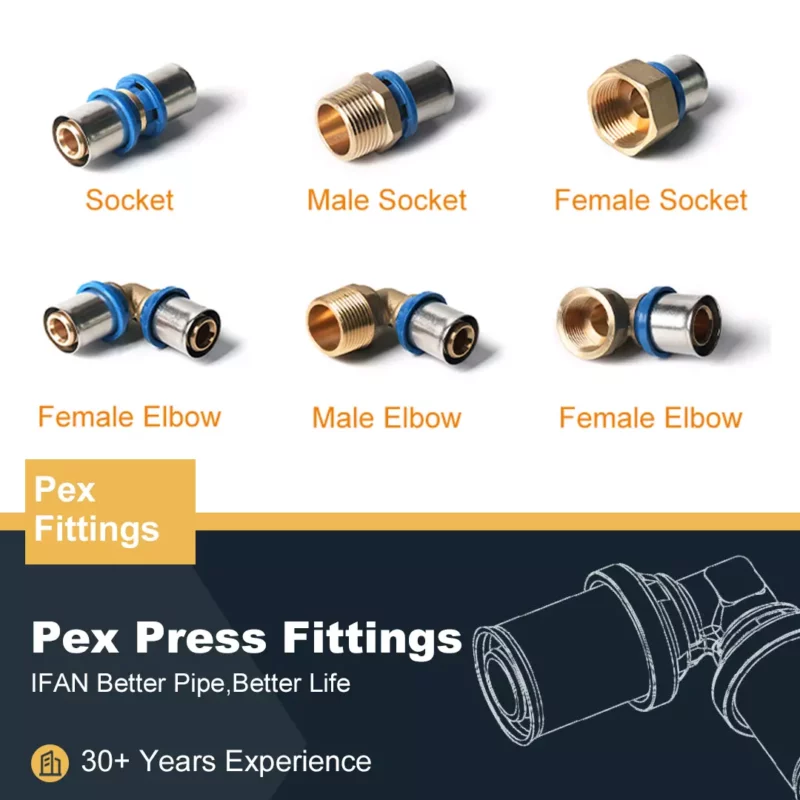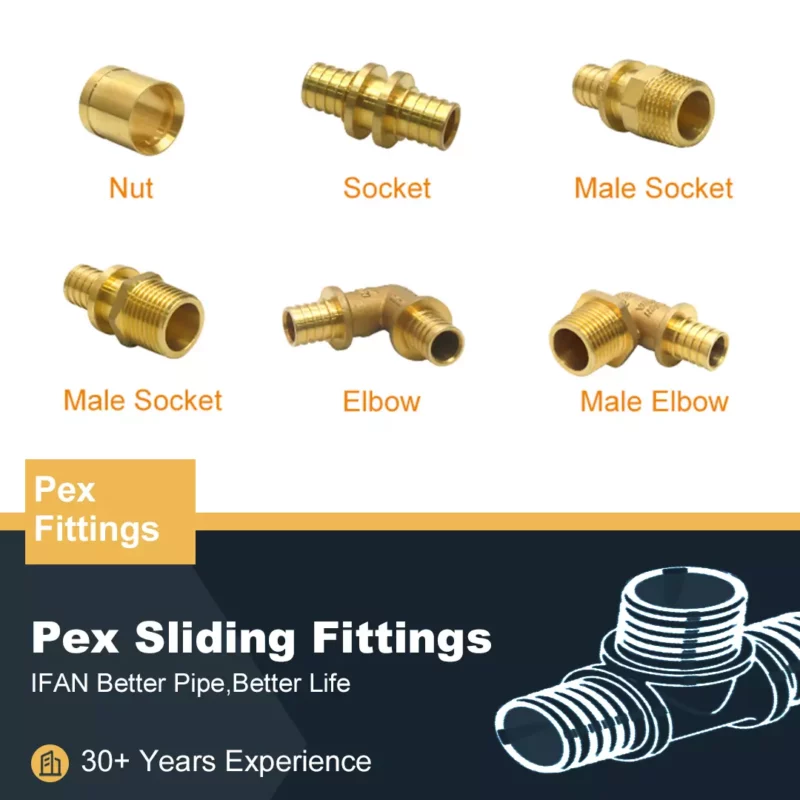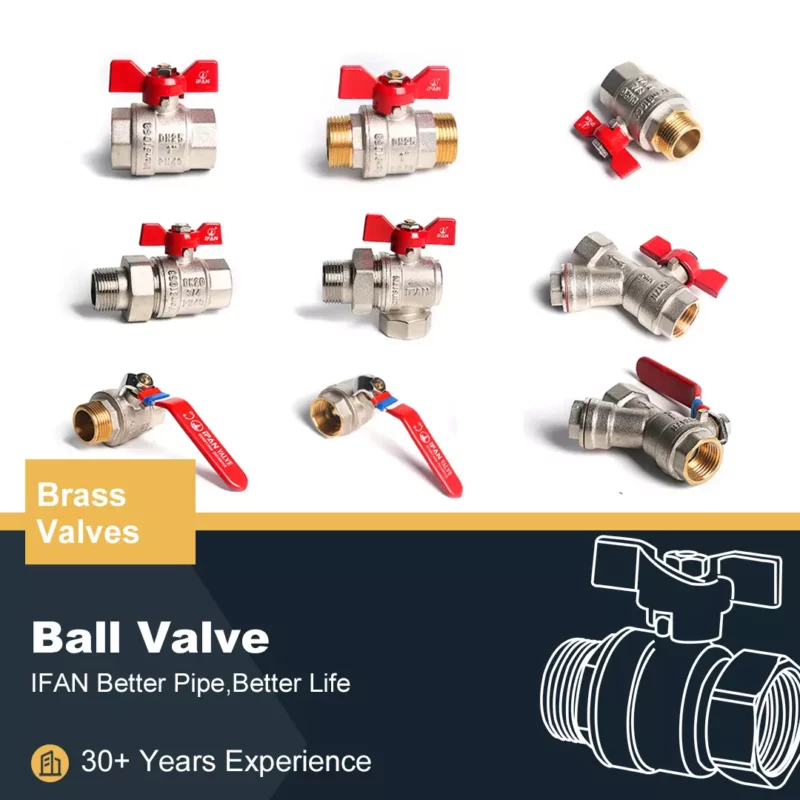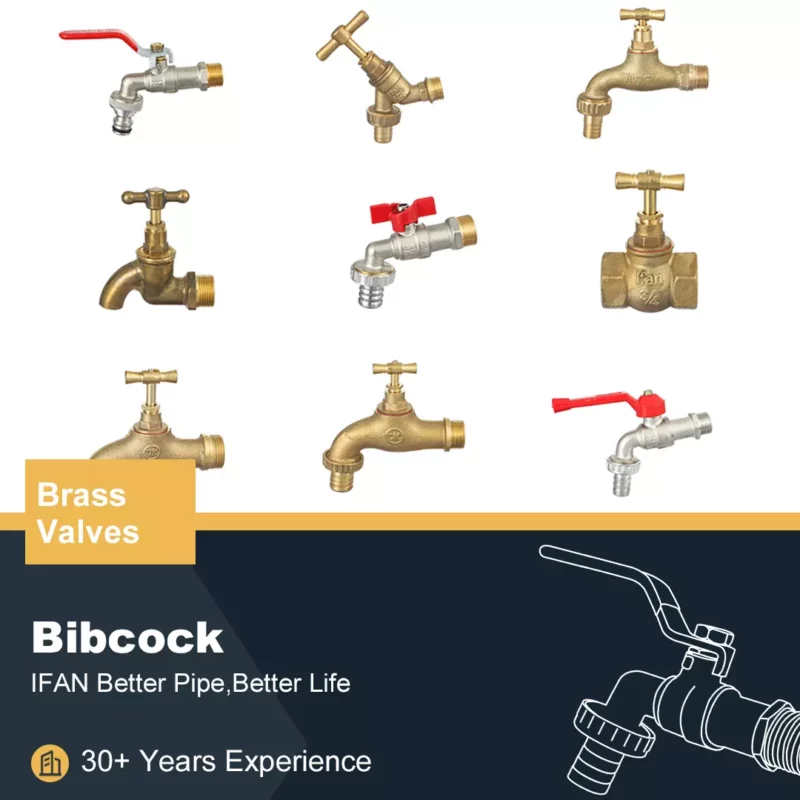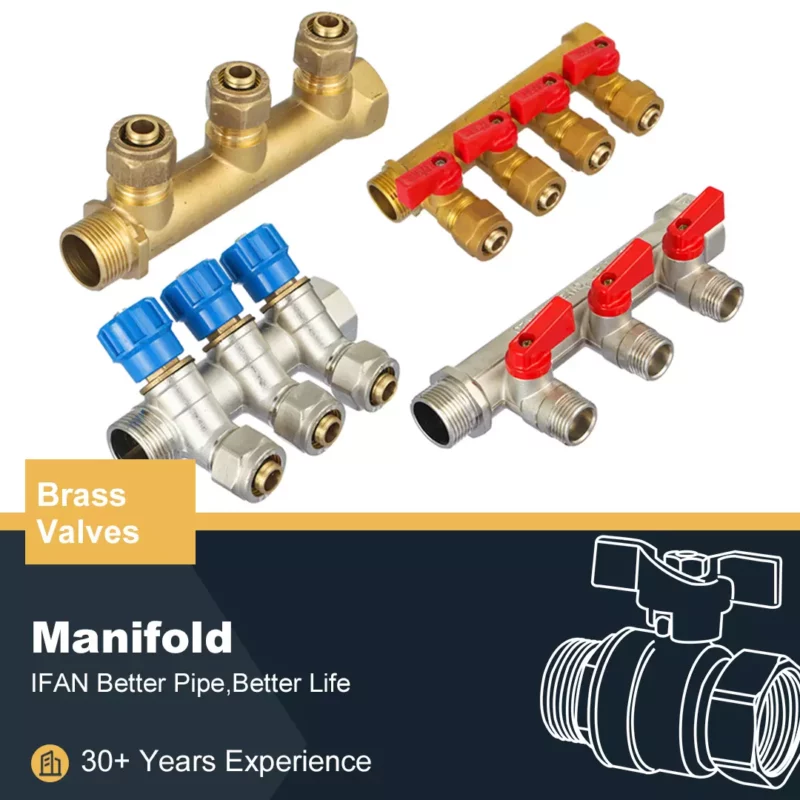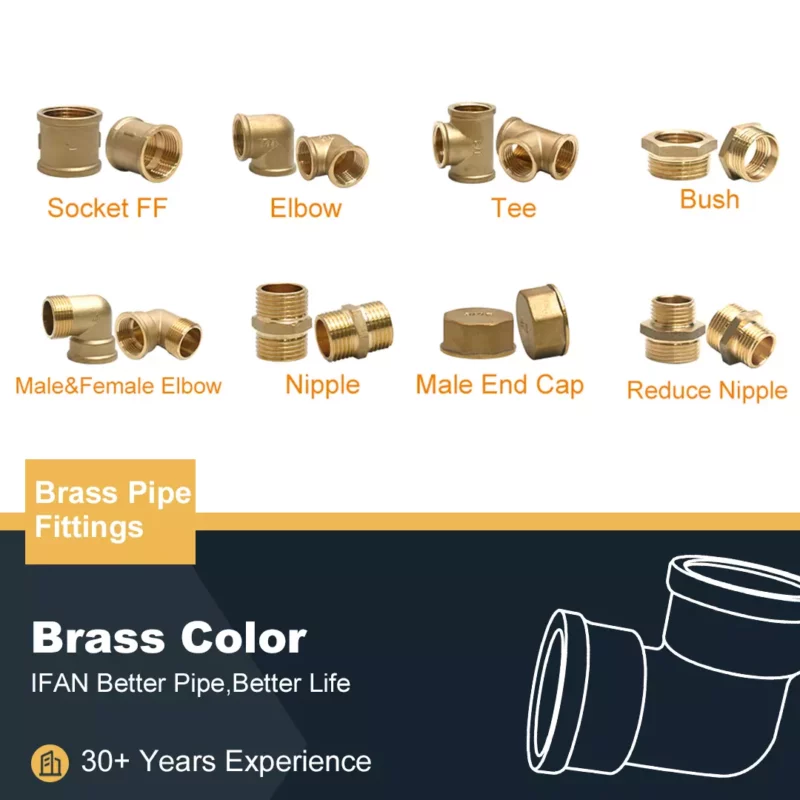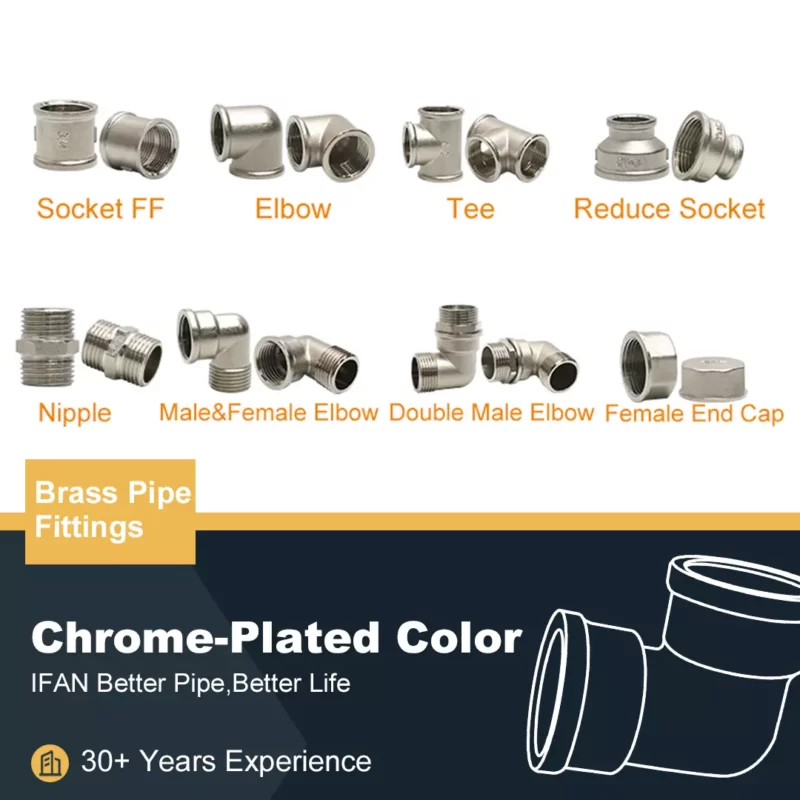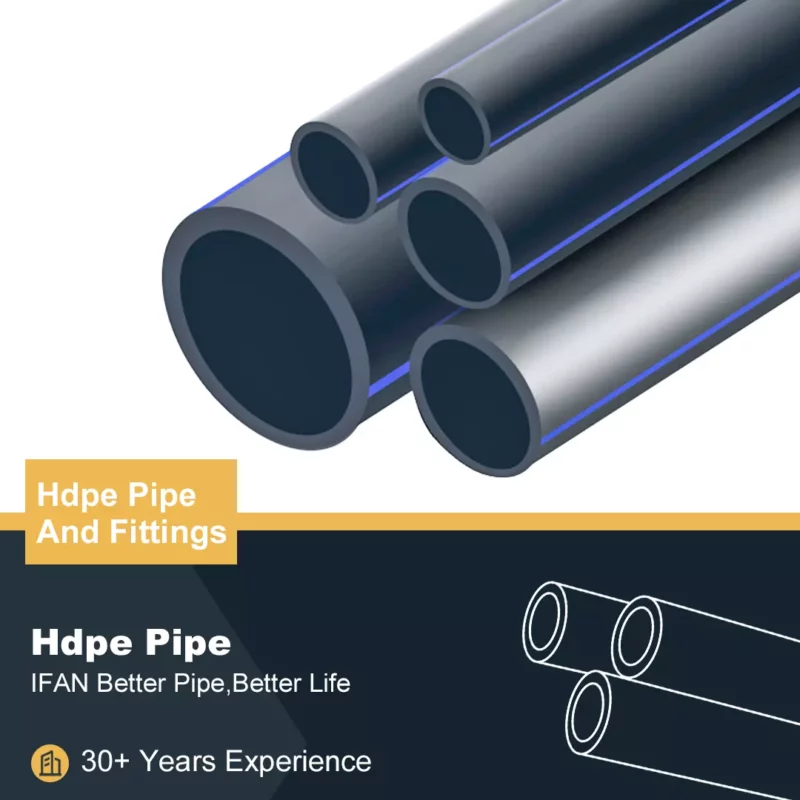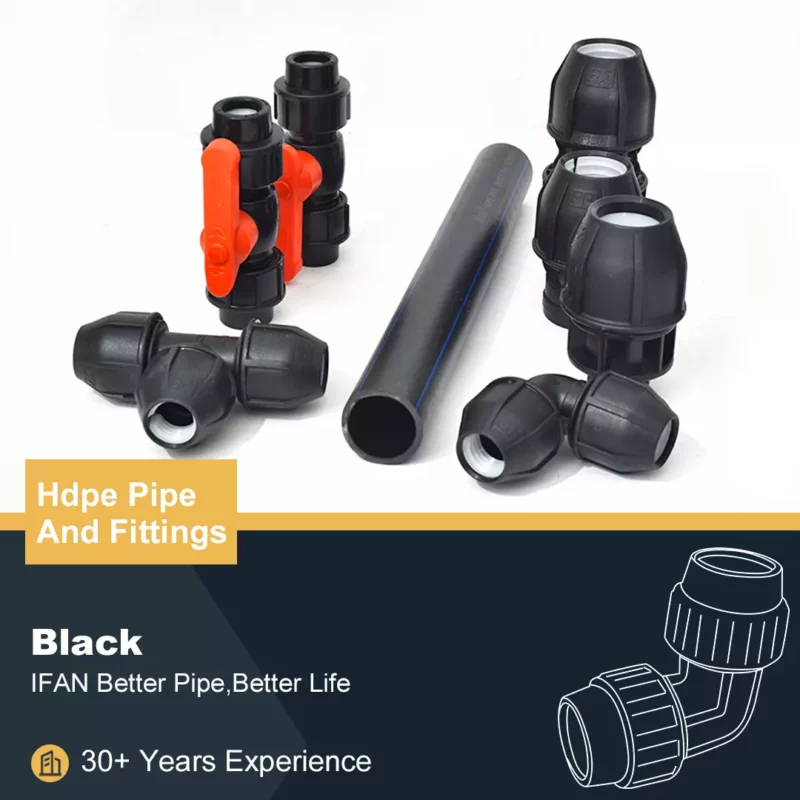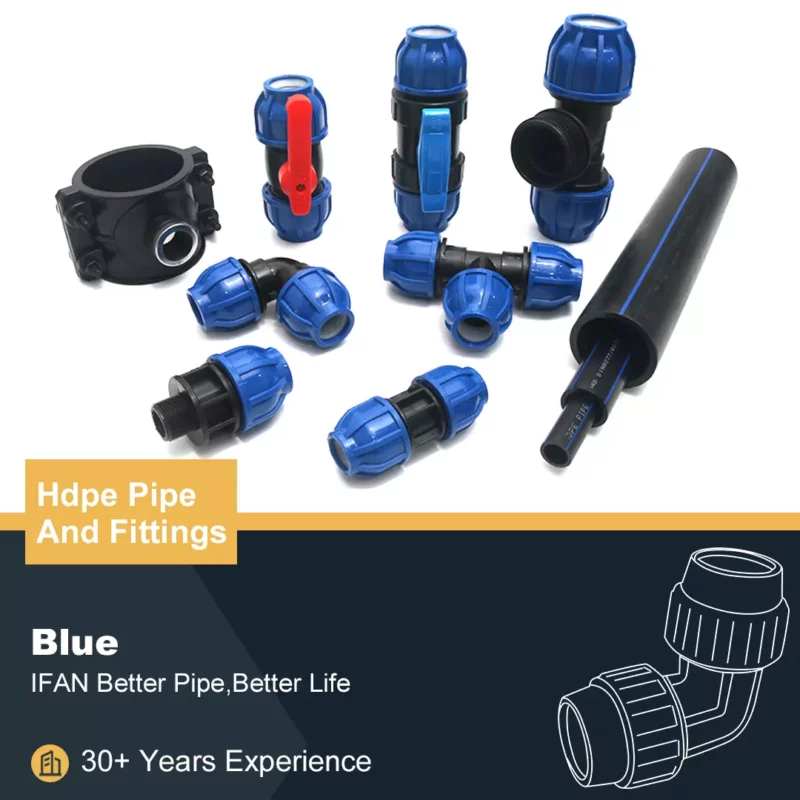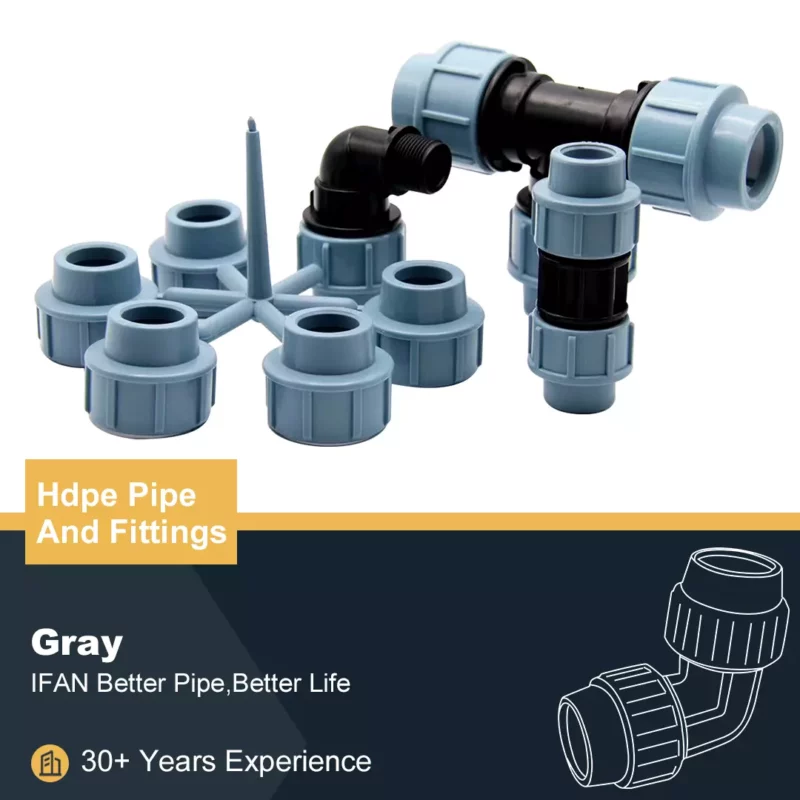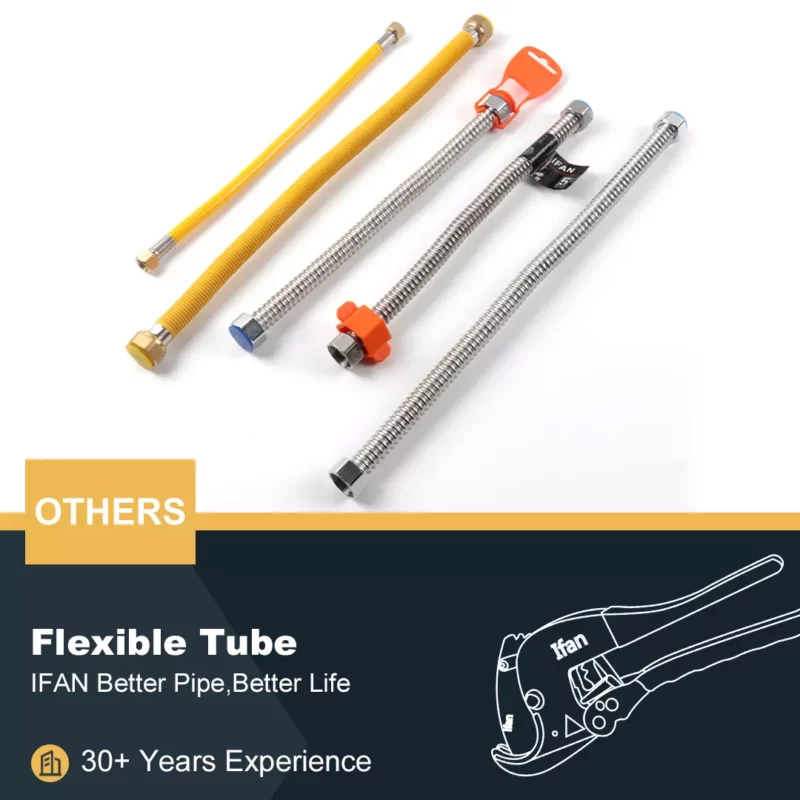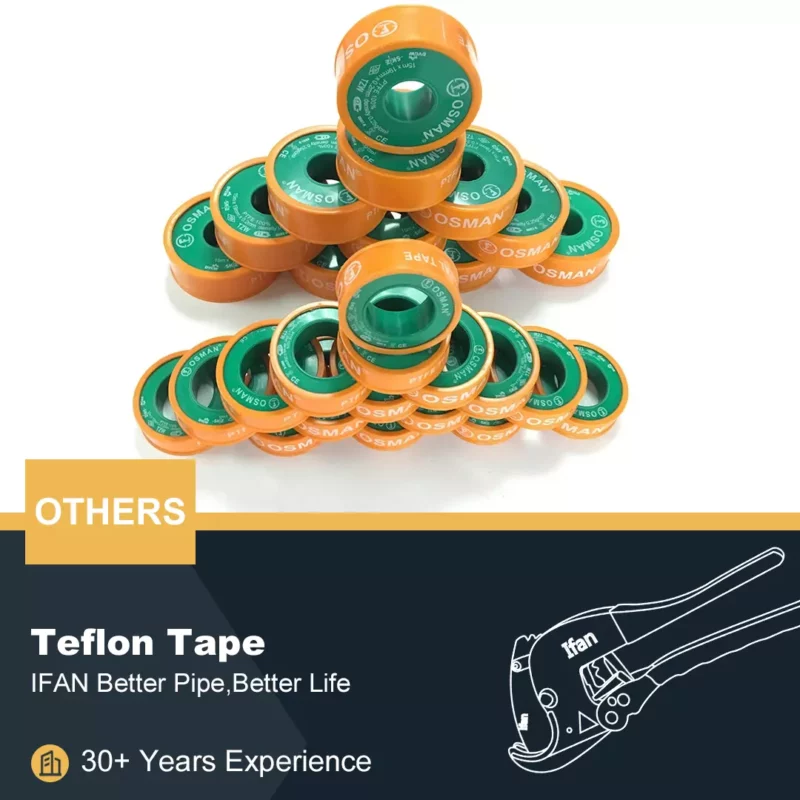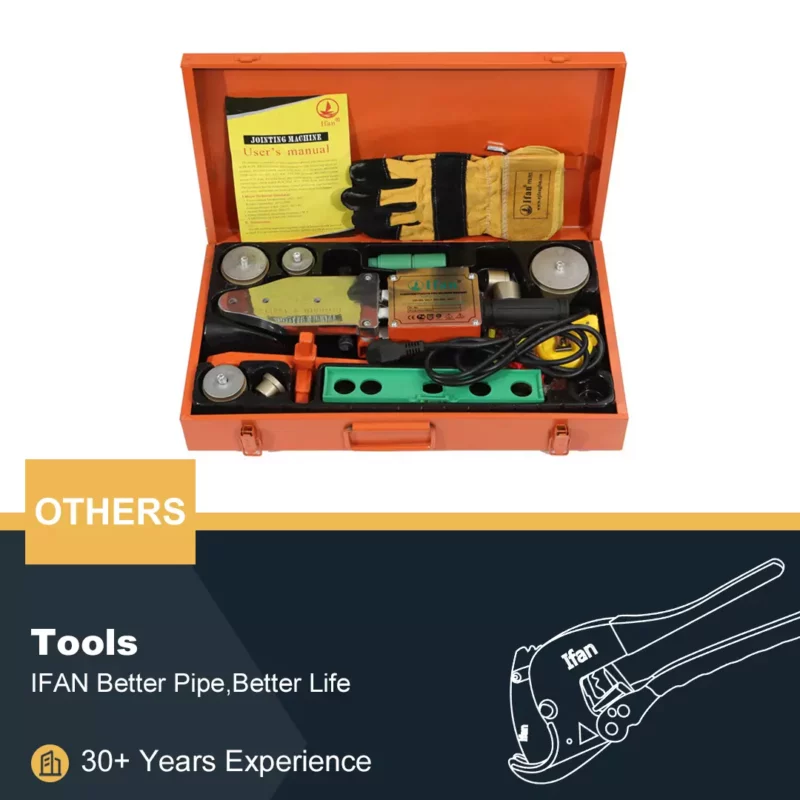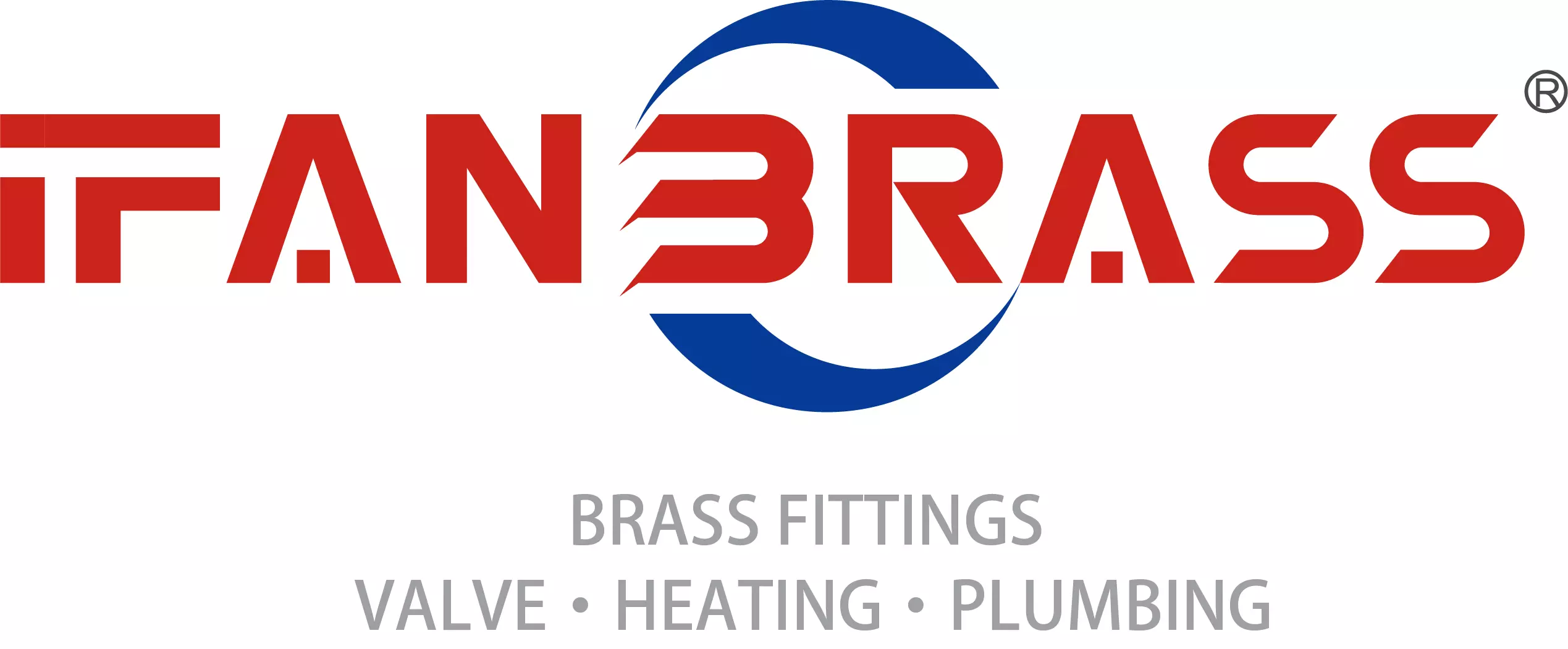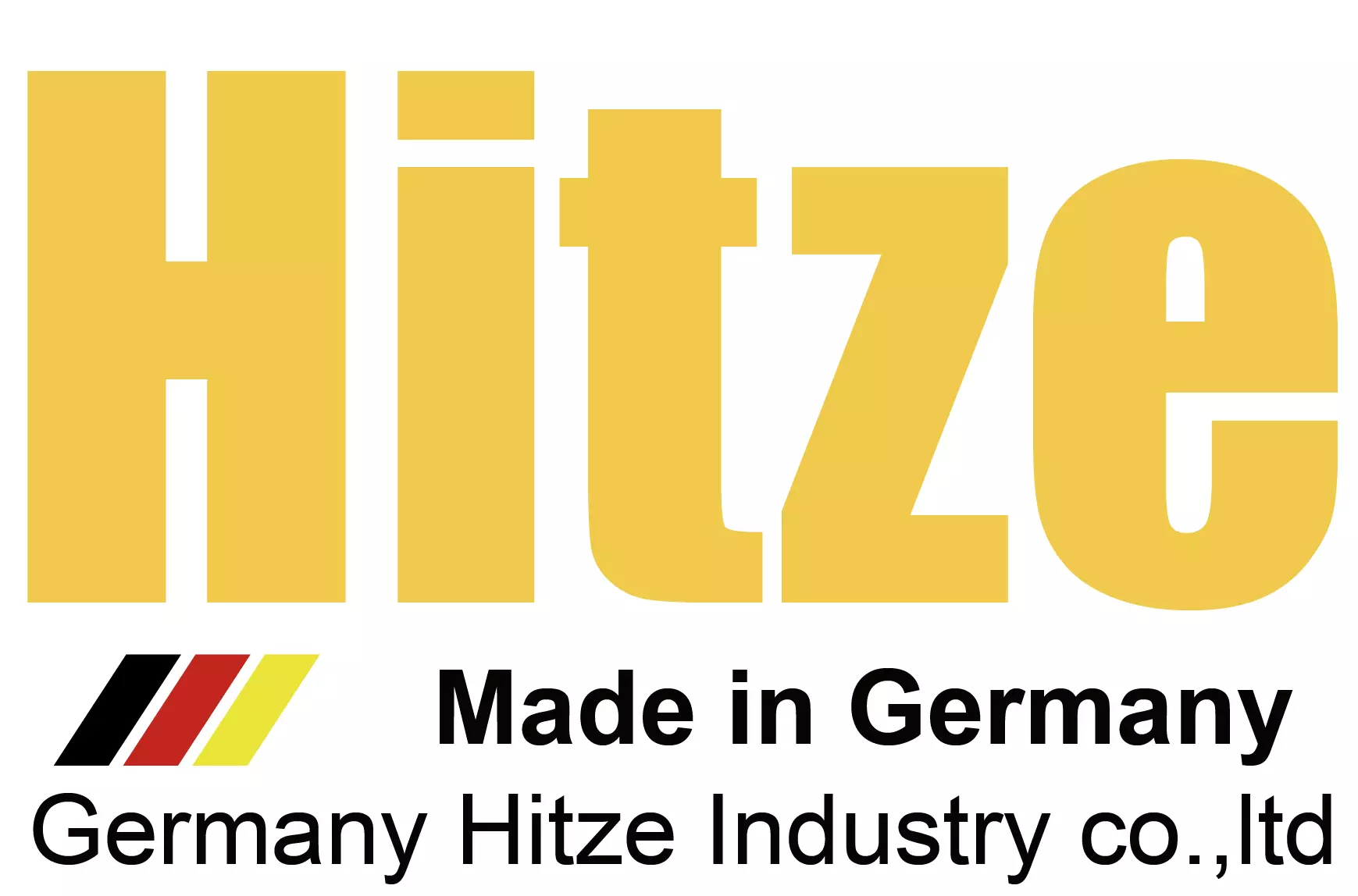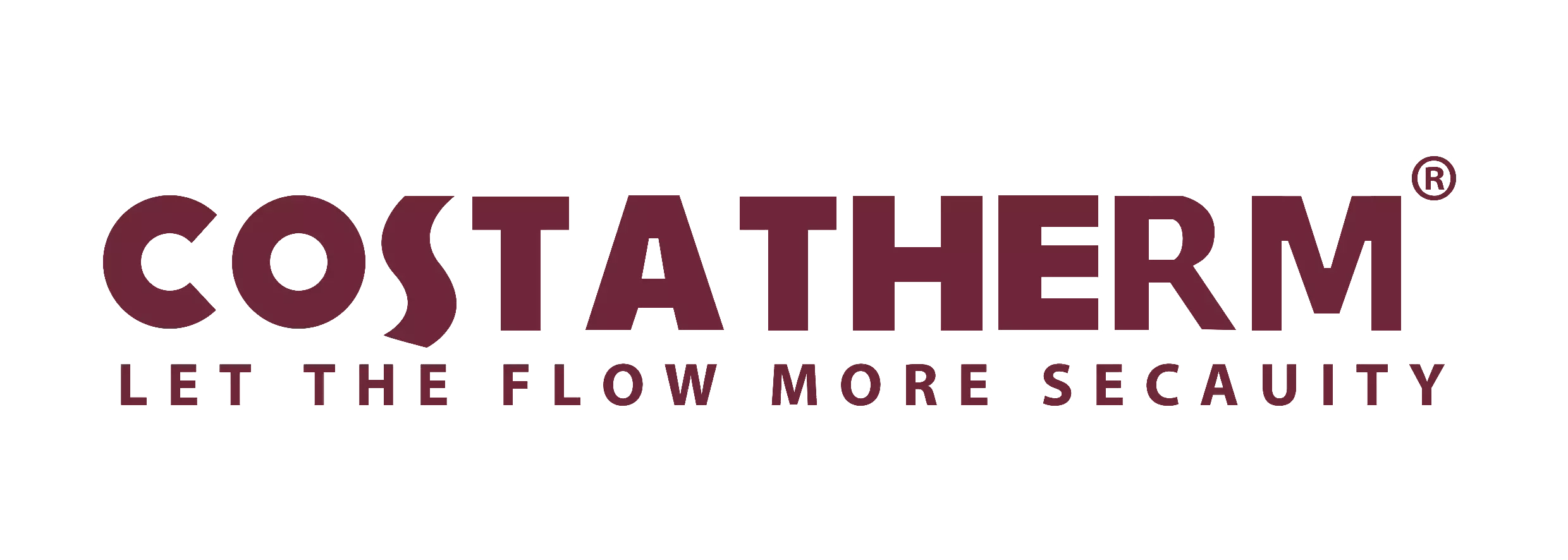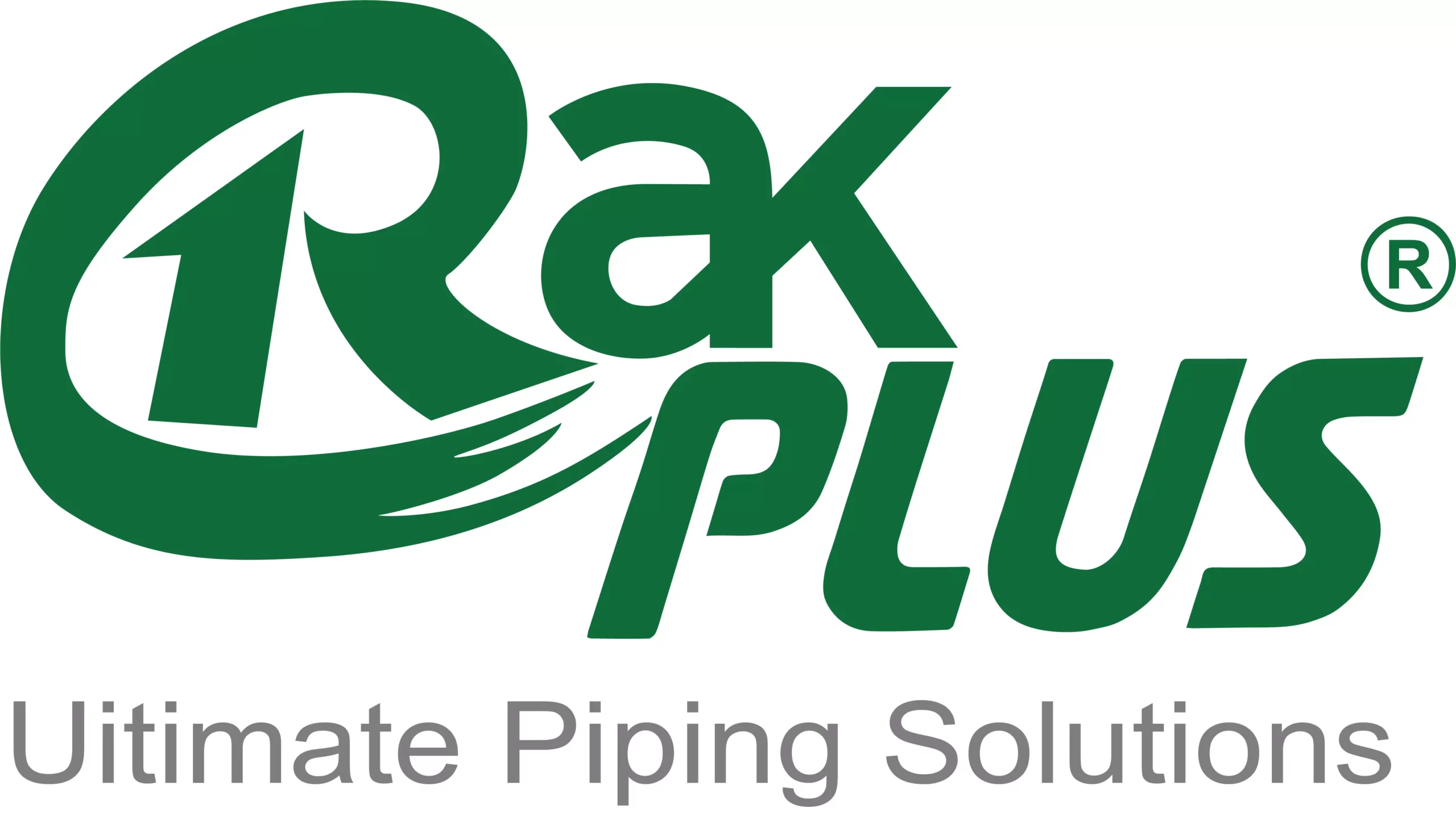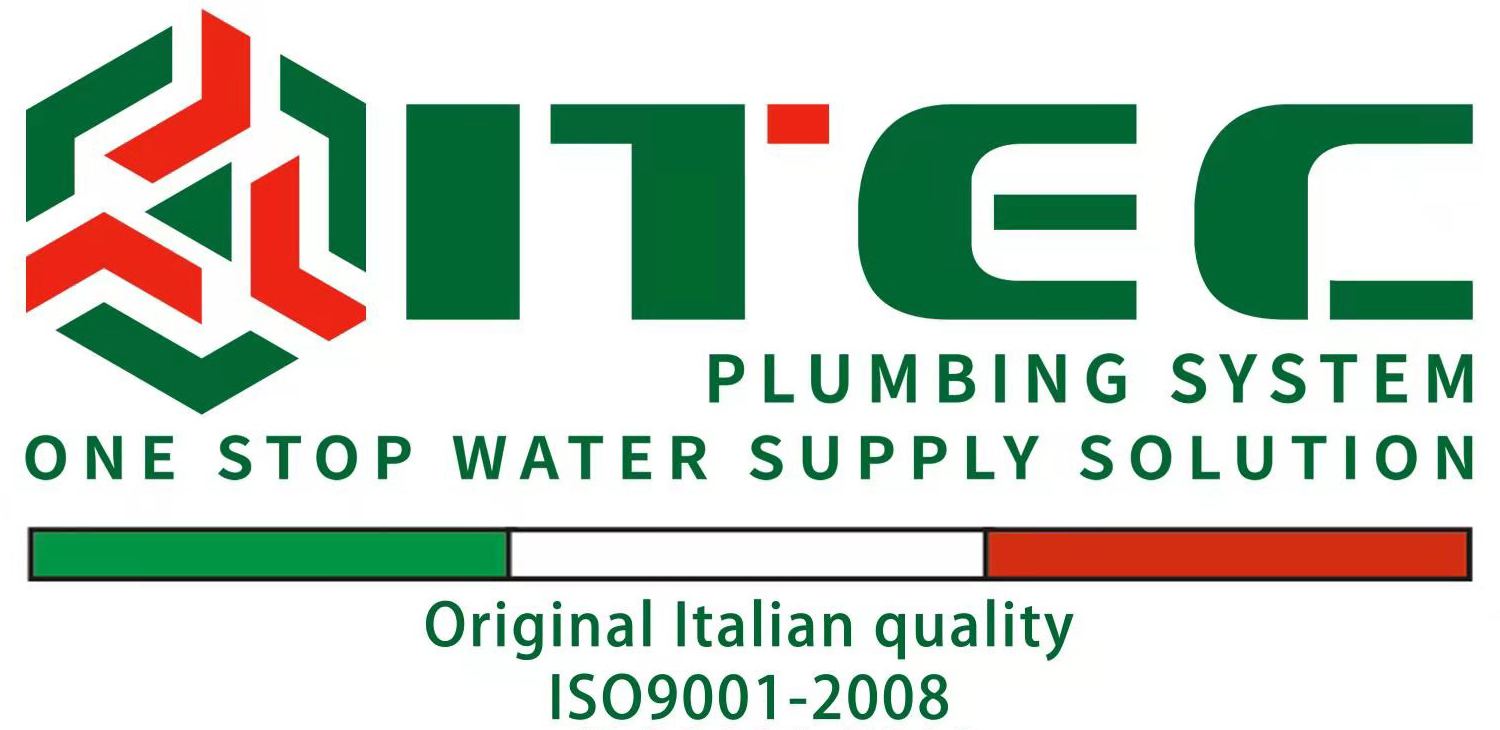A PPR welding machine joins PPR pipes using heat. It melts the ends of the pipes and fittings, then joins them. This process ensures a strong and leak-proof connection. Understanding how these machines work can help you use them effectively.
What is PPR?
PPR stands for Polypropylene Random Copolymer. This material is popular for its strength and resistance to chemicals. PPR pipes are commonly used in plumbing systems. They offer durability and flexibility in various applications.
How Does a PPR Welding Machine Work?
A PPR welding machine heats the ends of PPR pipes and fittings. It uses a heating element to melt the plastic. Once melted, you press the pipes together to form a joint. The joint cools and solidifies, creating a strong bond.
Key Components of a PPR Welding Machine
A typical PPR welding machine includes several key components:
Heating Element: This component melts the pipe ends.
Clamping Device: It holds the pipes in place during welding.
Nozzles: Different nozzles accommodate various pipe sizes.
Temperature Control: It adjusts the heat to the required level.
Choosing the Right Temperature
Setting the correct temperature is crucial. PPR pipes typically require temperatures between 260-280°C (500-536°F). Proper temperature ensures the plastic melts evenly and forms a strong bond. Too high or too low temperatures can weaken the joint.
Preparing the Pipes for Welding
Before welding, clean the ends of the pipes and fittings. Remove any dirt or oil. Use a pipe cutter to ensure clean, straight cuts. Proper preparation helps achieve a better weld and prevents leaks.
Using the Welding Machine
Attach Nozzles: Select the right nozzle for the pipe size.
Heat the Pipes: Place the pipes and fittings in the heating element.
Join the Pipes: After heating, align the pipes and fittings and press them together.
Cool the Joint: Let the joint cool naturally without applying pressure.
Safety Precautions
Always prioritize safety when using a PPR welding machine. Wear protective gloves and safety glasses. Ensure proper ventilation in your workspace to avoid inhaling fumes. Follow the manufacturer’s safety guidelines to prevent accidents.
Common Issues and Solutions
Weak Joints: Check the temperature settings and heating time. Ensure proper alignment.
Leaks: Verify that the pipes and fittings were clean and properly prepared.
Inconsistent Heating: Inspect the heating element for damage or wear.
Maintenance and Care
Regular maintenance extends the life of your PPR welding machine. Clean the machine after each use. Inspect the heating element and nozzles for wear and tear. Replace any damaged parts promptly to ensure reliable performance.
Benefits of Using a PPR Welding Machine
Durability: Creates strong, long-lasting pipe joints.
Efficiency: Speeds up the installation process.
Flexibility: Accommodates various pipe sizes and applications.
Cost-Effectiveness: Reduces the need for additional fittings and connectors.
Applications of PPR Welding Machines
PPR welding machines are widely used in plumbing and construction. They are ideal for joining pipes in residential, commercial, and industrial settings. Their versatility makes them suitable for various applications, from water supply systems to heating installations.
Choosing the Best Machine for Your Needs
When selecting a PPR welding machine, consider factors such as temperature control, heating time, and build quality. Choose a machine that matches your project requirements and budget. Research different models and brands to find the best option.
Conclusion
A PPR welding machine is essential for joining PPR pipes effectively. By understanding how these machines work and following best practices, you can ensure strong, reliable joints. Proper use and maintenance enhance the performance and lifespan of the machine, making your projects more efficient and successful.
If you have read this article and have any questions, please feel free to contact IFAN. Below is our contact information:
Whatsapp:+86 13373827623
Email:[email protected]

